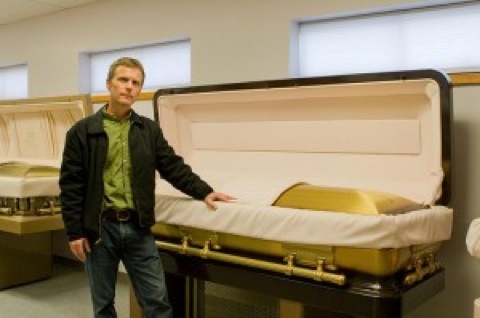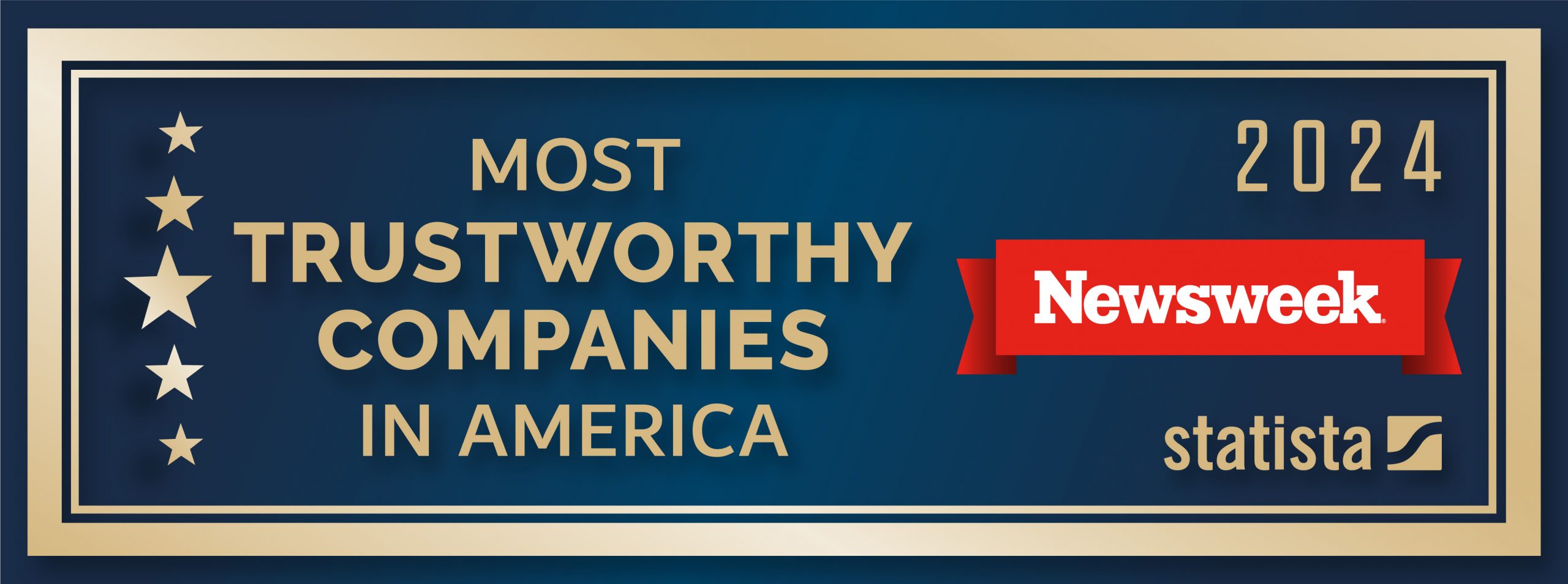A Casket Salesman's Lessons on Creating Brand Loyalty
Brand marketers invest billions creating an emotional connection between their brand and prospective or current customers. In fast food, packaged goods, entertainment, fashion, automotive marketing and many other industries, brand loyalty is the Holy Grail for marketing.
For any distributed marketing organization — companies who rely on franchise networks, VARs, dealers, agents, or chain store marketers to take the brandís corporate messages to the local level — loyalty among every link in the chain between the brand and the buyer is vital.
In a conversation overheard while standing in line at the multiplex last weekend, two friends were comparing their marketing jobs. One was talking about the difficulty of maintaining brand loyalty in a highly price competitive market, and the other one stopped the conversation cold by observing, “Well, at least you have the opportunity to market to people who buy your products more than once. My company sells caskets. Nobody wants to be a repeat customer for my product.”
It’s true that the ultimate user of a casket companyís product will only use it once ñ but the mortuaries that resell the product are also part of the marketing mix, and they will make a decision about how often to try to resell it every single day. So thereís a place for loyalty marketing in even the most rarely purchased product.
Distributed marketing organizations have plenty of help in creating customer loyalty, thanks to an army of brand ambassadors who are ready, willing, and able to help deliver and manage marketing messages at the local level. The key is to get the right message to the sales person in a format where itís easy for them to personalize and customize the message ñ without wasting time when they could be selling.
Here are the four most important factors in harnessing the power of local marketers to create loyalty among infrequent customers:
Message Consistency.
Multi-channel Delivery
Customer Management
Frequent Communication Within the Channel
Message consistency means more than just repeating the same words and phrases over and over. It means adapting the message to make it relevant to the target audience. One of the best ways to do this is to let corporate marketing create the messages ñ while local or field marketing can adapt it within brand standards for the local market.
Multi-channel delivery means making the information available where customers will be able to find it. Whether the target audience is a business buyer or consumer, todayís customer usually initiates the purchase with a search for information ñ they arenít waiting around to be sold something.
Customer management starts with knowing who the customers are, and it continues through creating a positive experience that the customer or prospect has throughout the buying cycle. This positive experience means every interaction between the brand and the customer from Web to retail through customer service or technical support to the productís performance. Not all of these touch points are within a marketerís control, but they need to be considered when the marketing communications cycle is created. Often, adding the last few steps and training local marketers in how to handle customers, makes a huge difference in the effectiveness of the campaign.
The last point, frequent communication within the channel, is the one thatís most often overlooked by corporate marketing. Itís vital to maintain an open dialogue with your sales, service, and delivery channels. You canít over communicate with them ñ but you can easily overwhelm them by bombarding them with one-way messages exhorting them to sell more, send more messages, or use the latest marketing tool.
Many of my clients use a multi-channel marketing automation solution primarily to communicate with their “downstream channel”. It not only delivers the right marketing material ó presentations, landing pages and microsites, email templates, print collateral, digital flip-books and flash cards, logos and images, and ads for the local marketer or sales team to use ó itís the perfect venue for training and “best practices” examples that will help your sales people sell more. And, of course, a marketing automation solution comes with a built-in reporting dashboard, so you always know what sales people viewed, downloaded, and used which marketing asset.
In fact, many of our customers purchase our products first for channel communications, and only add B2C campaigns for building brand loyalty, increasing sales, and automating other sales messages after theyíve established a robust platform for their internal marketing communications. Like the casket salesman, marketers who forget about building loyalty first among the independent resellers or local managers who know the customer best run the risk of being a “one time sale” instead of a preferred brand that customers look to whenever they need a solution.




